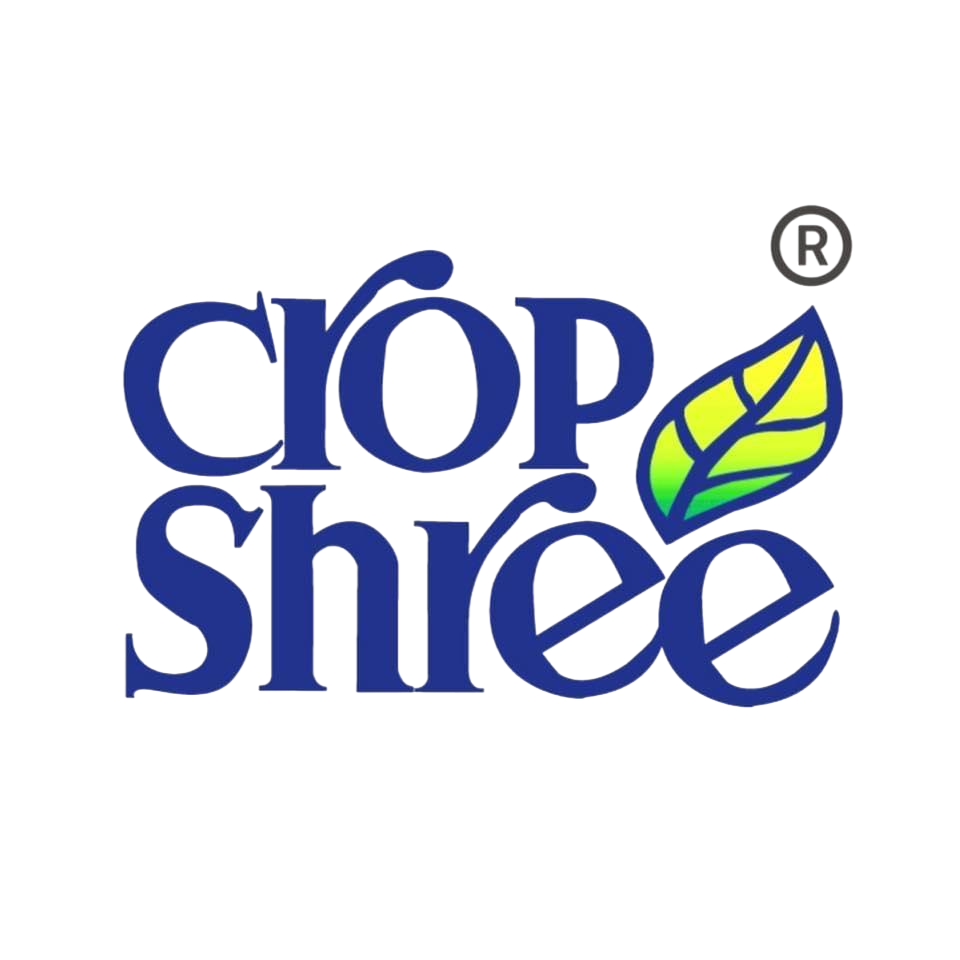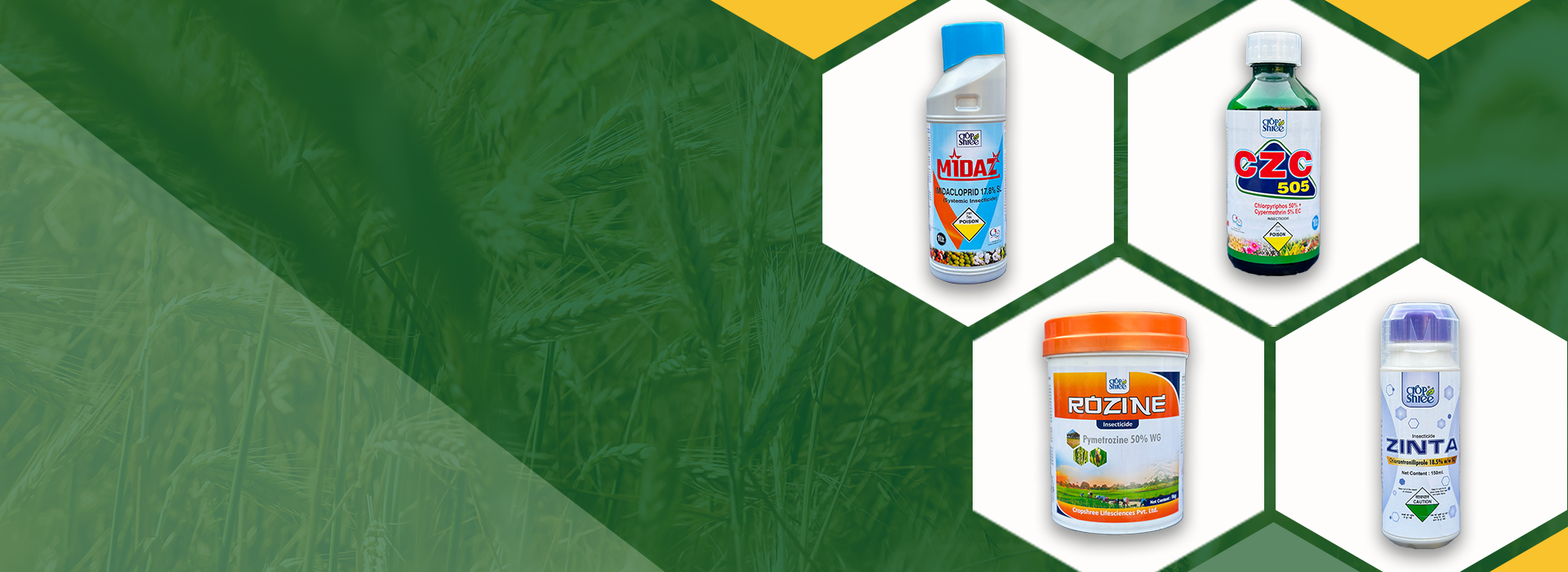Ziant - THIAMETHOXAM 1% CHLORANTRANILIPROLE 0.5 % GR
Thiamethoxam 1.0% w/w + Chlorantraniliprole 0.5% w/w GR is granular insecticides recommended for its use to
control stem borer, leaf folder, green leaf hopper and brown plant hopper in Paddy; aphids and stem borer in
Maize; early shoot borer in Sugarcane crop. Highly toxic to honeybees and other pollinators; thus its use should be
avoided during active foraging period of honeybees. Do not apply on flowering crops between 5 days before start of
flowering and end of flowering. Do not allow drift to flowering weeds, hedges or flowering crops in the vicinity of
the treatment area. Use with care to avoid air/ dust contamination of the cropping area. Do not apply if a high
amount of honeydew is present in the treatment area. Toxic to aquatic invertebrates, hence its use should be
avoided near aquaculture including fishes, shrimps and other crustaceans grown in paddy fields.
Recommendation
|
Crop(s) |
Common Name of Pest |
Dosage/HA |
Dilution in Water |
Waiting Period between last spray to harvest |
Re-entry after each Application (In Hours) |
|
AI |
Formulation |
| Maize |
Aphids stem borer |
90 (Thiamethoxam 60gm a.i + + Chlorantraniliprole 30gm a.i) |
6 |
- |
95 |
- |
| Paddy |
Stem borer, Leaf folder, Green leaf hopper and brown plant hopper |
90 (Thiamethoxam 60gm a.i + + Chlorantraniliprole 30gm a.i) |
6 |
- |
60 |
- |
| Sugarcane |
Early shoot borer |
150 (Chlorantraniliprole 50+ Thiamethoxam 100) |
10 |
- |
270 |
- |
Time of Application
During broadcasting, wear hand gloves and face shield to avoid contact with the skin and prevent any splashes in to the eyes. Wear protecting clothing, impermeable gloves, mask, goggles, and boots, while handling and applying the product. do not eat, drink or smoke while applying the product. Wash hands with soap and plenty of water and change clothes after the work is over. Clean protective equipment wash after use, thoroughly clean protective equipments wash entire body and change clothing. Also wash the contaminated clothes. Toxic to aquatic organism, however, under practical conditions at recommended dose rates, no adverse effects have been observed. Do not contaminate water used for irrigation or domestic purpose, or water areas such as following or stagnant water by the disposal of product wastes. do not contaminate food or feed. Do not use in water leaking paddy fields run-off into surface water to be avoided
Lack of coordination, tremors and dilation of pupil
If any indisposition occurs, stop work and call a physician. Remove the effected person to a well-ventilated area of fresh air. In case of skin contact: Remove contaminated clothing and thoroughly wash the affected parts of the body with soap and water. In case of eye contact: Rinse eyes slowly with clean water for several minutes.
In case of ingestion: Get the attention of the medical doctor immediately.
Note: do not induce vomiting or never give anything by mouth to an unconscious person.
Phytotoxicity
No specific antidote is known. apply symptomatic therapy.
1. Packages or surplus materials and washing from the machine and containers should be disposed off in a safe manner as to prevent environmental and water pollution.
2. The used packages shall not be left outside to prevent their re use.
3. Packages shall be broken and buried away from habitation.
4. Do not reuse empty containers for any other purpose.
1. The packaging containing the insecticides should be stored in original containers in separate rooms or premises used for storing other articles particularly articles of food or shall be kept in separate almirahs under lock and key and out of reach from children, unauthorized persons and animals.
2. The rooms or premises meant for storing the insecticides shall be well built, dry, well lit and ventilated and of sufficient dimension to avoid contamination with vapor. Store away from direct sunlight.





